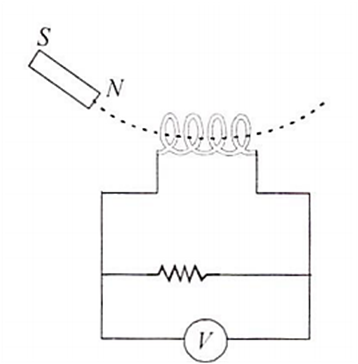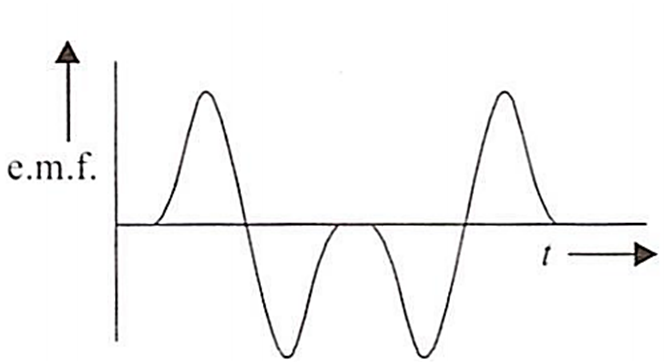 Multiple Choice Questions
Multiple Choice QuestionsAssertion: Frictional forces are conservative forces.
Reason: Potential energy can be associated with frictional forces.
If both assertion and reason are true and reason is the correct explanation of assertion
If both assertion and reason are true but reason is not the correct explanation of assertion
If assertion is true but reason is false
If both assertion and reason are false
Assertion: : For a system of particles under central force field, the total angular momentum is conserved.
Reason: The torque acting on such a system is zero.
If both assertion and reason are true and reason is the correct explanation of assertion
If both assertion and reason are true but reason is not the correct explanation of assertion
If assertion is true but reason is false
If both assertion and reason are false
For a constant hydraulic stress on an object, the fractional change in the object's volume ( ΔV/V ) and its bulk modulus (B) are related as
Which of the following functions represents a simple harmonic oscillation?
sinωt cosωt
sin2ωt
sinωt + sin2ωt
sinωt sin2ωt
A candle of diameter d is floating on a liquid in a cylindrical container of diameter D ( D >> d ) as shown in figure. If it is burning at the rate of 2 cm/hour then the top of the candle will

remain at the same height
fall at the rate of 1 cm/hour
fall at the rate of 2 cm/hour
go up at the rate of 1 cm/hour
B.
fall at the rate of 1 cm/hour
Archimedes' principle states that the upward buoyant force that is exerted on a body immersed in a fluid, whether fully or partially submerged, is equal to the weight of the fluid that the body displaces and acts in the upward direction at the centre of mass of the displaced fluid.
When an object is placed in a fluid, the fluid exerts an upward force we call buoyant force.

Just for the concept of Archimedes' principle
In the above figure, pressure due to the weight of a fluid increase with depth since P = hρg. This pressure and associated upward force on the bottom of the cylinder are greater than the downward force on the top of the cylinder. The difference is the buoyant force FB ( Horizontal Forces Cancel )
Initial weight of the candle = weight of the liquid displaced
ρcVc g = ρL ( volume displaced ) g
⇒ ρc 2 Lg = ρL Lg
⇒ ....(i)
when 2 cm has been burnt, total length = 2L 2
But ρc (2L 2 ) = ρL ( L x )
ρc 2 ( L 1 ) = 2ρc ( L x ) [ using eqn. (i) ]
∴ x = 1 cm
Outside also it has decreased to 1 cm as the total decrease is 2 cm. The level of the candle comes down at half the rate burning.
A given shaped glass tube having uniform cross section is filled with water and is mounted on a rotatable shaft as shown in figure. If the tube is rotated with a constant angular velocity ω when

water levels in both sections A and B go up
water level in section A goes up and that in B comes down
water level in section A comes down and that in B it goes up
water levels remain same in both sections
A magnet is made to oscillate with a particular frequency, passing through a coil as shown in figure. The time variation of the magnitude of e.m.f. generated across the coil during one cycle is





Assertion: Specific gravity of a fluid is a dimensionless quantity
Reason: : It is the ratio of density of fluid to the density of water.
If both assertion and reason are true and reason is the correct explanation of assertion
If both assertion and reason are true but reason is not the correct explanation of assertion
If assertion is true but reason is false
If both assertion and reason are false
Assertion: Reversible systems are difficult to find in real world.
Reason : Most processes are dissipative in nature.
If both assertion and reason are true and reason is the correct explanation of assertion
If both assertion and reason are true but reason is not the correct explanation of assertion
If assertion is true but reason is false
If both assertion and reason are false
